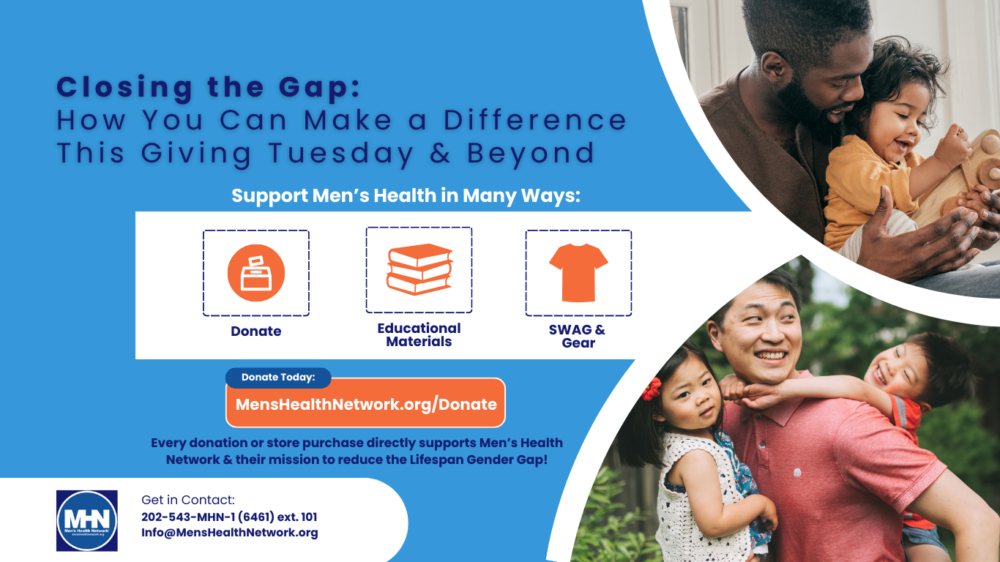More than 100 million Americans suffer with chronic pain, the National Academy of Medicine reports, but treatment of that chronic pain with opioids comes with drawbacks.
More than 42,000 Americans died of opioid pain relief overdoses in 2016, the Centers for Disease Control and Prevention (CDC) says, nearly 10 thousand more than 33,000 people who died from opioid-related overdoses in 2015. The CDC says the cost of opioid prescription misuse tops $78 billion each year.
The Patient-Centered Outcomes Research Institute (PCORI) has funded 37 comparative clinical effectiveness studies aimed at preventing and treating opioid-related harm. Fifteen of those focus on the use of opioids in treating chronic pain, and three assess opioid use in the context of substance abuse.
“Chronic pain is one of the biggest conundrums facing medicine,” says Michael Von Korff, ScD, an epidemiologist and health-services researcher at Group Health Cooperative in Seattle, now part of Kaiser Permanente and changed its name to Kaiser Permanente Washington. He leads the PCORI-funded study of the opioid risk–reduction program in clinics. “We had an important opportunity to see whether a health system initiative could help patients in pain without over-relying on opioids.”
Opioids, taken as prescribed, can help control some short-term pain, but there’s disagreement about whether they work over the long run and, if they do, whether their benefits outweigh the risk of addiction. “There aren’t any long-term studies to tell you whether opioid use is safe and effective for chronic pain,” says Von Korff. “By 2014, 3 percent of all US adults were receiving long-term opioid therapy.”
This extensive prescribing of opioids has contributed to an alarming rise in inappropriate use, outright abuse, and overdose. Since 1999, prescription-opioid sales have quadrupled, according to the CDC.
“Opioid use is a very controversial area, so different patients have different points of view,” Von Korff says. “There isn’t a patient point of view.”
Last year, PCORI approved $21 million for two large projects testing strategies for reducing long-term opioid use in managing chronic pain. The first compares nondrug methods for improving quality of life and reducing opioid dosage for patients with chronic low back pain. For a year, the study will follow more than 750 patients who are taking opioids. Half will receive cognitive behavioral therapy, a type of psychotherapy, while the rest will learn mindfulness meditation, training them to be nonjudgmental when experiencing pain. Researchers will test how well each approach reduces pain, decreases opioid dose, and improves quality of life—and if both work, which one is more effective.
The other study asks which of two strategies works better to decrease pain severity and reduce opioid dose. It compares treatment strategies for veterans with chronic pain. In one approach, a pharmacist and physician collaborate on medication plans and provide care via telemedicine. The second approach encourages patients to use nondrug pain management, including exercise, while a team including a physician, psychologist, and physical therapist collaborate on any medications still needed.
Men’s Health Network has recently completed a webinar on pain management in men. You can watch the hour-long video here.




